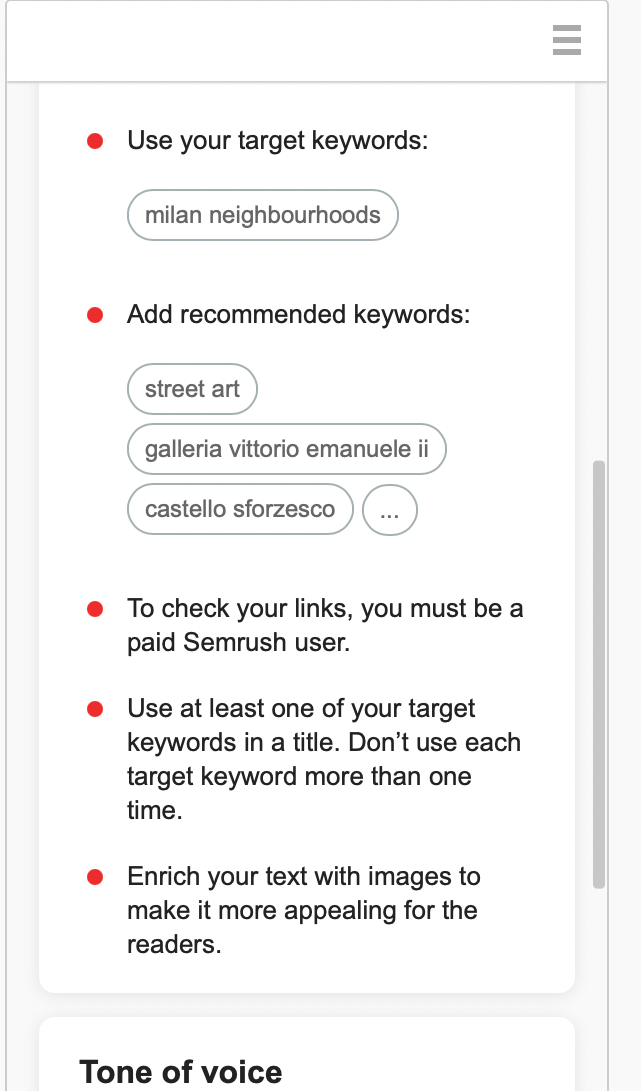
Keyword research is the foundation of any successful SEO strategy. It’s the process of identifying the words and phrases that people use when searching for information, products, or services online. For beginners, understanding how to conduct effective keyword research can be overwhelming, but with the right approach, it becomes a powerful tool for driving traffic and improving search engine rankings.
What Is Keyword Research?
At its core, keyword research involves finding the terms that users are typing into search engines like Google. These keywords help you understand what your audience is looking for and how to tailor your content to meet their needs. By targeting the right keywords, you increase the chances of your website appearing in search results, which can lead to more visibility and traffic.
Why Is Keyword Research Important?
Understanding the importance of keyword research is crucial for anyone looking to improve their online presence. Here are some key reasons why it matters:
- Relevance: Keywords help ensure that your content is relevant to what your audience is searching for.
- Traffic: Targeting the right keywords can significantly increase your website’s visibility and attract more organic traffic.
- Competitiveness: Knowing which keywords your competitors are targeting allows you to strategize and find opportunities to rank higher.
- User Intent: Understanding the intent behind a search query helps you create content that meets the user’s needs effectively.
Steps to Conduct Effective Keyword Research

Now that you understand the importance of keyword research, let’s dive into the steps you can take to conduct it effectively.
Step 1: Understand Your Audience
Before diving into keyword tools, it’s essential to have a clear understanding of your target audience. Who are they? What are their interests, pain points, and questions? This insight will guide your keyword selection and help you create content that resonates with them.
- Demographics: Consider age, gender, location, and other relevant demographics.
- Behaviors: Analyze how your audience interacts with your content and what they look for online.
- Pain Points: Identify the problems your audience faces and how your content can address them.
By understanding your audience, you can better align your keywords with their needs and preferences.
Step 2: Use Keyword Research Tools
There are numerous keyword research tools available that can help you find the right keywords for your content. Some popular options include:
- Google Keyword Planner
- SEMrush
- Ahrefs
- Moz Pro
These tools provide insights into search volume, competition, and related keywords. They also help you identify long-tail keywords, which are more specific and often less competitive than short-tail keywords.
Step 3: Analyze Search Volume and Competition
When selecting keywords, it’s important to consider both search volume and competition. Search volume indicates how many times a keyword is searched for in a given period, while competition refers to how many other websites are targeting the same keyword.
- High Search Volume: Keywords with high search volume are typically more competitive and may require more effort to rank for.
- Low Competition: Keywords with low competition are easier to rank for, making them ideal for beginners.
Balancing these factors will help you choose keywords that are both valuable and achievable.
Step 4: Assess Click-Through Rate (CTR)
Click-through rate (CTR) is a metric that measures how often users click on your link in search results. A higher CTR indicates that your content is appealing and relevant to users.
To assess CTR, consider the following:
- Title and Meta Description: Ensure your title and meta description are compelling and accurately reflect the content of your page.
- Position in Search Results: The higher your position in search results, the more likely users are to click on your link.
- User Experience: A well-designed landing page can improve CTR by providing a seamless user experience.
Step 5: Understand Search Intent

Search intent refers to the reason why a user is performing a search. There are four main types of search intent:
- Informational: Users are seeking information or answers to a question.
- Navigational: Users are looking for a specific website or page.
- Transactional: Users are ready to make a purchase or complete a transaction.
- Commercial Investigation: Users are comparing products or services before making a decision.
Understanding the intent behind a keyword helps you create content that meets the user’s needs effectively. For example, if a user is searching for “best digital pianos,” they are likely in the commercial investigation phase and may be looking for reviews or comparisons.
Step 6: Use Semantic Keywords
Semantic keywords are related terms or phrases that are conceptually linked to your primary keyword. They help search engines understand the context of your content and can improve your rankings.
To incorporate semantic keywords:
- Identify Related Terms: Use keyword research tools to find related terms and phrases.
- Incorporate Naturally: Integrate these terms into your content in a natural and meaningful way.
- Enhance Content: Use semantic keywords to add depth and value to your content, making it more informative and engaging.
Step 7: Group and Organize Long-Tail Keywords
Long-tail keywords are longer, more specific phrases that target niche audiences. They are often easier to rank for and can drive highly targeted traffic to your site.
To group and organize long-tail keywords:
- Categorize by Topic: Group keywords based on the topics they cover.
- Prioritize Based on Performance: Focus on keywords that show the most potential for driving traffic and conversions.
- Track Progress: Monitor the performance of your keywords and adjust your strategy as needed.
By organizing your keywords effectively, you can prioritize your efforts and focus on the most impactful terms.
Tips for Effective Keyword Research
In addition to the steps outlined above, here are some additional tips to help you conduct effective keyword research:
1. Start with Broad Keywords
Begin by identifying broad keywords that are relevant to your niche. These keywords can serve as a starting point for further research and help you understand the landscape of your industry.
2. Refine Your List
Once you have a list of potential keywords, refine it by considering factors such as search volume, competition, and relevance. Focus on keywords that align with your business goals and audience needs.
3. Monitor Trends
Stay updated on trends in your industry to identify new opportunities for keyword research. Tools like Google Trends can help you track the popularity of keywords over time and spot emerging trends.
4. Test and Adjust
Keyword research is an ongoing process. Continuously test different keywords and adjust your strategy based on performance data. Use A/B testing to determine which keywords and content strategies yield the best results.
5. Leverage User Feedback
Engage with your audience to gather insights into their search behavior and preferences. Surveys, social media, and customer feedback can provide valuable information that informs your keyword research.
Conclusion
Keyword research is a vital component of any successful SEO strategy. By understanding your audience, using the right tools, and analyzing key metrics, you can identify the keywords that will help you attract more traffic and achieve your business goals. Remember, the goal of keyword research is not just to rank higher in search engines but to create content that meets the needs of your audience. With the right approach and continuous refinement, you can unlock the full potential of keyword research and drive sustainable growth for your website.







